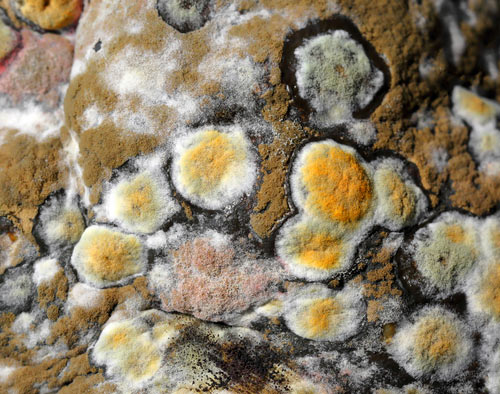What Are the Top Five Types of Mold Found inside Homes and Buildings?
 Mold is often talked about generically, but just as there are scores of different forms under the headings of "plants" or "insects", there are a number of types of mold. While they share basic characteristics, they vary in color, appearance and other features.
Mold is often talked about generically, but just as there are scores of different forms under the headings of "plants" or "insects", there are a number of types of mold. While they share basic characteristics, they vary in color, appearance and other features.
If you're a home or business owner, all you need to know about mold is how it affects you and your building. Here are the top five types of mold and what you need to know about each.
1. Alternia
In addition to being one of the most common types of mold, Alternia ranks as the primary cause of allergic reactions. Concentrations of Alternia are highest during the summer, when dry winds can carry spores indoors. Studies have found that up to 70 percent of people with mold allergies react to skin testing with Alternia.
2. Aspergillus
Mold infestations in buildings are often found to be Aspergillus, as its spores are found in higher levels indoors than outdoors. Aspergillus is one of the types of mold classified as toxic mold, which is distinguished by production of mycotoxins that can cause serious health problems in humans and animals. Aspergillosis refers to a group of Aspergillus-related diseases that affect people with compromised immune systems or underlying lung disease.
3. Cladosporium
Cladosporium is one of the more sturdy types of mold that can grow at almost any temperature, including cold storage where it has frequently been reported as spoiling meat. It has fewer health effects that some of the other types, but it has been found to be a major trigger for asthma attacks.
4. Penicillium
Unlike other molds that come in dark colors such as black or brown, Penicillium is recognizable by its blue, green and yellow hues. It gets its name from the Latin word for ""paintbrush", which is what its cells resemble. Penicillium is another type of toxic mold, but its mycotoxins have been put to beneficial use with penicillin, one of the first antibiotics that is still widely used today.
5. Stachybotrys
The color and high toxicity of Stachybotrys have earned it the more commonly known name of black mold. Stachybotrys is usually found on cellulose-rich materials such as paper, cotton and wood. While Stachybotrys is slow to develop, it's considered a "primary" mold due to its tendency to dominate other types of mold that have colonized first.
Get the Information You Need When You Have Mold
If you find out that you have a mold problem, it is important to get the information you need to decide on a treatment plan promptly. The first place to look for additional information is our mold information resource. Make sure that you understand the hazard of mold before you take on any do-it-yourself treatment.